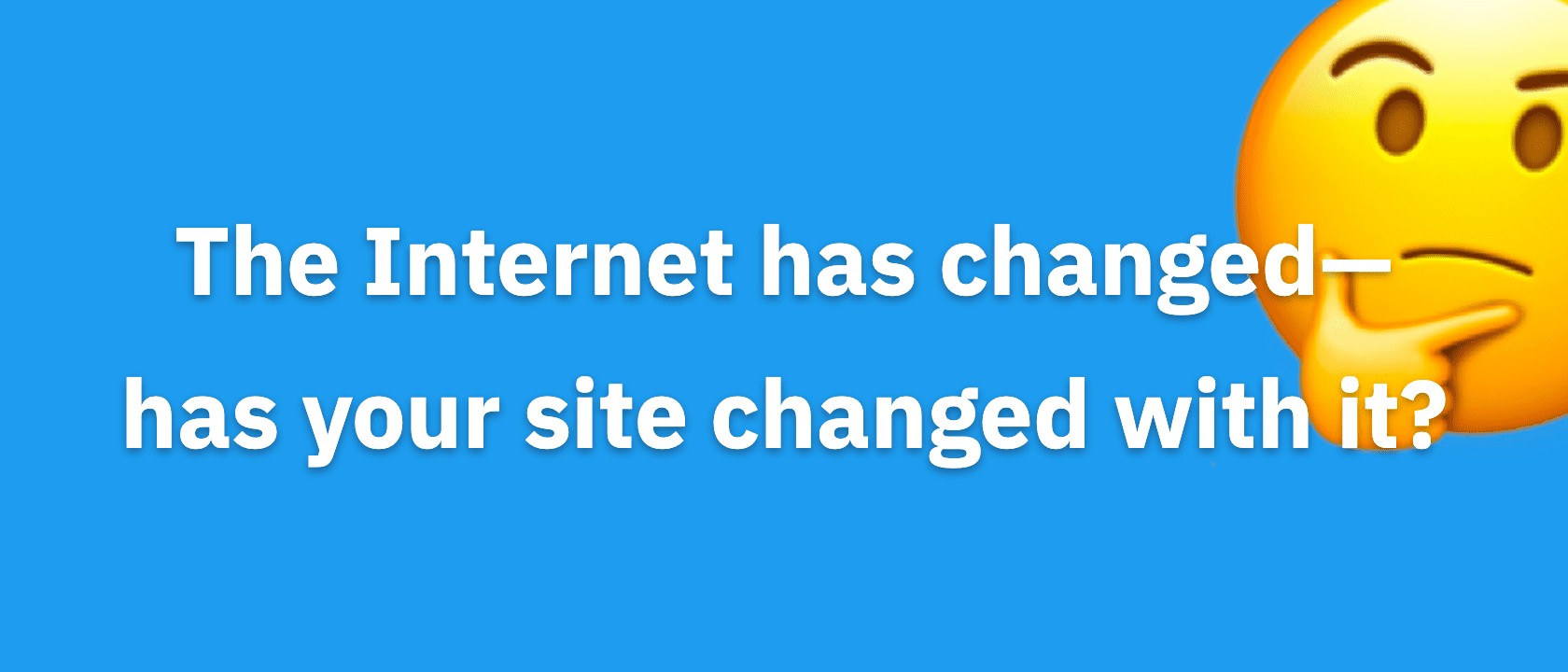If you’re looking for a new web design, you probably want your site to look sexy and work well. Why? Because you know that a poorly designed website will cause customers to hightail it the hell out of your site and find a competitor that passes the test.
How do you balance your desire for your website to look gorgeous and work seamlessly?
What you need to find is the sweet spot, the perfect balance between an intuitive user-interface and a beautiful web design. That’s where I come in. Keep reading and I’ll show you the 5 tips that will help you find it.
1. Use space without cluttering it up
On a typical web page, you have a header, content area, sidebar, and footer. As expected, each one of these sections serves a different purpose. To elaborate:
- A header grabs attention and showcases vital information because it’s well above-the-fold.
- The content area is meant to be read, so you should use smart formatting to make it scannable.
- The sidebar, whether you choose one or two, should encourage your readers to delve deeper into your site.
- The footer should be used to deliver low priority information, such as secondary navigation, to help your visitors breeze through your site.
Just remember, when you’re creating your page, everything you add should have a tangible purpose. If you can’t think of why you want ten widgets in your sidebar, take’em out. I promise you, you won’t miss them.
2. Use a reliable theme framework
When you’re working on your web design, the last thing you want to worry about is your core code. There are code best-practices, from both an SEO and code standpoint, that you may not know. To solve this, you should find a reliable theme framework and use it.
Personally, I use Thesis because it allows for countless customizations, is SEO optimized, and gives people the power to tweak their site with intuitive options panels. Thesis is truly a blogger’s wet dream.
Plus, if you decide to hire a designer to do some custom work, with Thesis, you can feel safe knowing that your core code will remain safe. They can go into your theme, give it a tune up, and the theme’s code will remain consistent.
3. Add only what is necessary; take out anything that isn’t
When you design your website, you typically need a goal fulfilled, whether that be generating more sales, gaining a larger blog audience, or just informing users of an organization.
However, no matter the goal, you want each design element on your site to promote it. In other words, you don’t want a pretty design without any brains behind it.
Now you may think grungy fonts or fancy flourishes look nice, but simply adding them because they look nice may undermine your original goals. So eliminate unnecessary design elements.
4. The Power of Font-Faces
Understanding font-faces isn’t just about knowing which fonts are hot; it’s about knowing which typeface best represents and illustrates the message you want to convey to your web visitors. To help you choose the right font, here are a few guidelines:
- Use no more than 3 fonts on a web design. This will prevent visual clutter.
- Use free, decorative fonts sparingly. Sure, I like good handwriting fonts as much as the next person, but for the most part, anything on free font websites like dafont.com won’t work for a professional web design.
- Use serifs for more classical, luxurious feel. Serif fonts are often a great choice for sites with an older target audience.
- Use sans-serifs if you’re going for a clean, no-nonsense design that clearly conveys information.
- Use scripts sparingly and only as accent fonts; never as a primary, text-heavy font.
If you’re looking for some high quality fonts, bow to the gods at Hoefler & Co. who created some of the most beautiful fonts known to man: Gotham, Archer, Whitney, and Verlag. Also, see the secondary gods at House Industries who are the prodigies behind Neutraface and Eames.
What if you don’t want to spend hundreds of dollars on fonts? Thesis has you covered. In the latest Thesis release, 1.8, Chris Pearson incorporated the Google Font API which gives you access to 28 beautiful web-safe fonts for free.
5. Don’t Worry If You’re Not A Designer
Trust me! Most people on the web are not web designers, meaning, most of your visitors are just like you. Your opinion matters because websites are designed for people just like you.
Sure, you may not be able to spot intricate details like 1-pixel mistakes, but as a whole, you should know if your site looks right. If you have any doubts, don’t hesitate to ask some of your non-designer friends. They’ll be just like you. If they give you a thumbs-up, you know you’re good.
However, don’t discount the opinion of professional designers. They specialize in the small details that many people may not notice individually, but as a whole, it helps you create a beautiful web design that gets results.
Now you need to get started. Whether you’re designing your site for a client or looking to spruce up your own designs, remember that it’s all a process. It’s a lot of undos and rewritten code and a disproportionally large amount of time yelling obscenities at Internet Explorer. Web design has a funny way of discouraging even the bravest of souls, but if you put the time in, you’ll do swimmingly.
